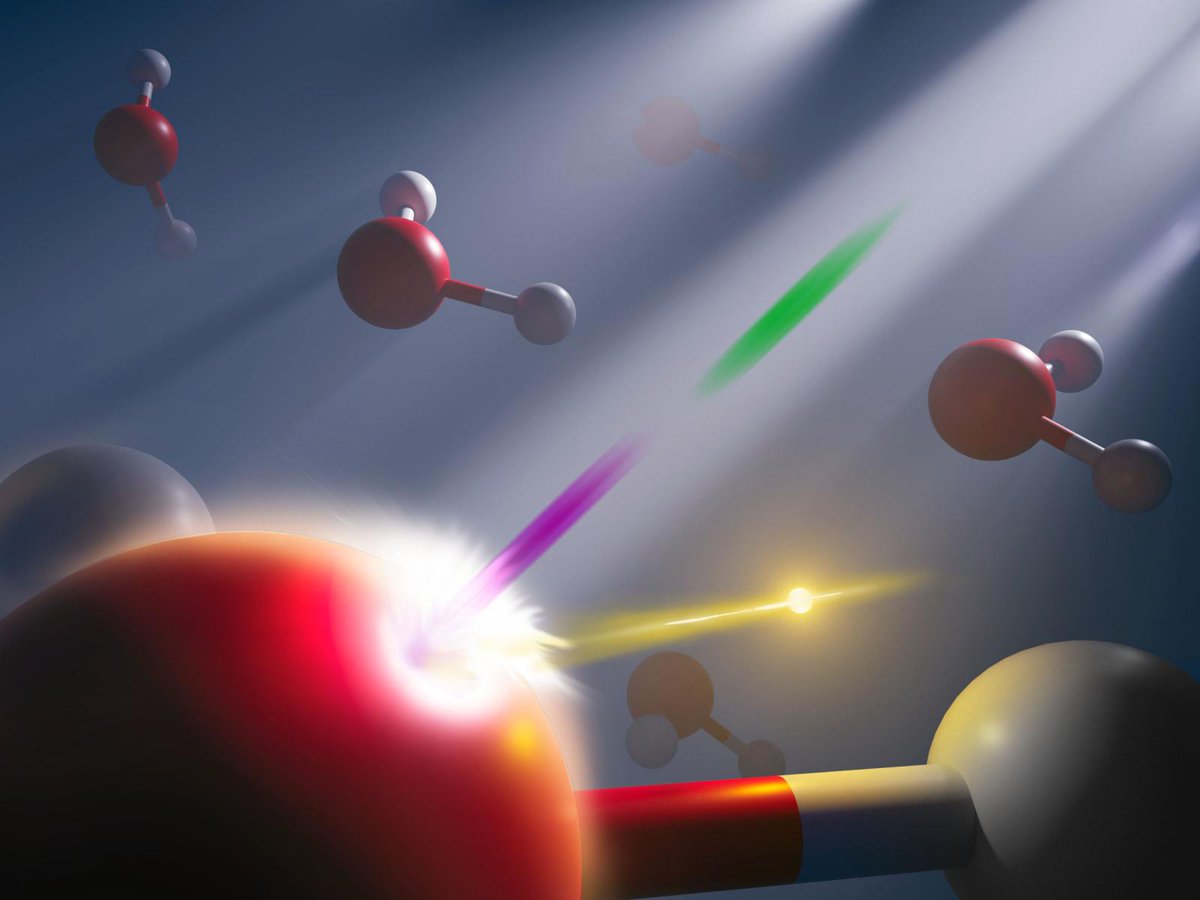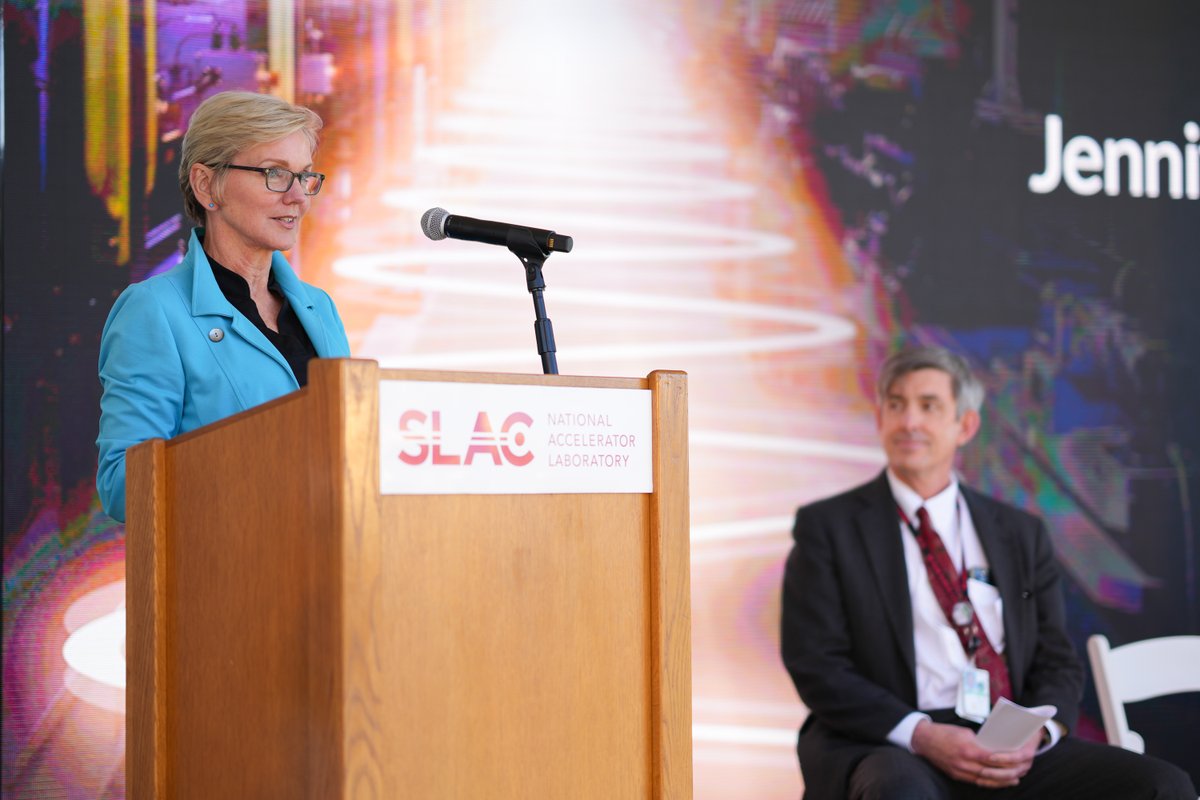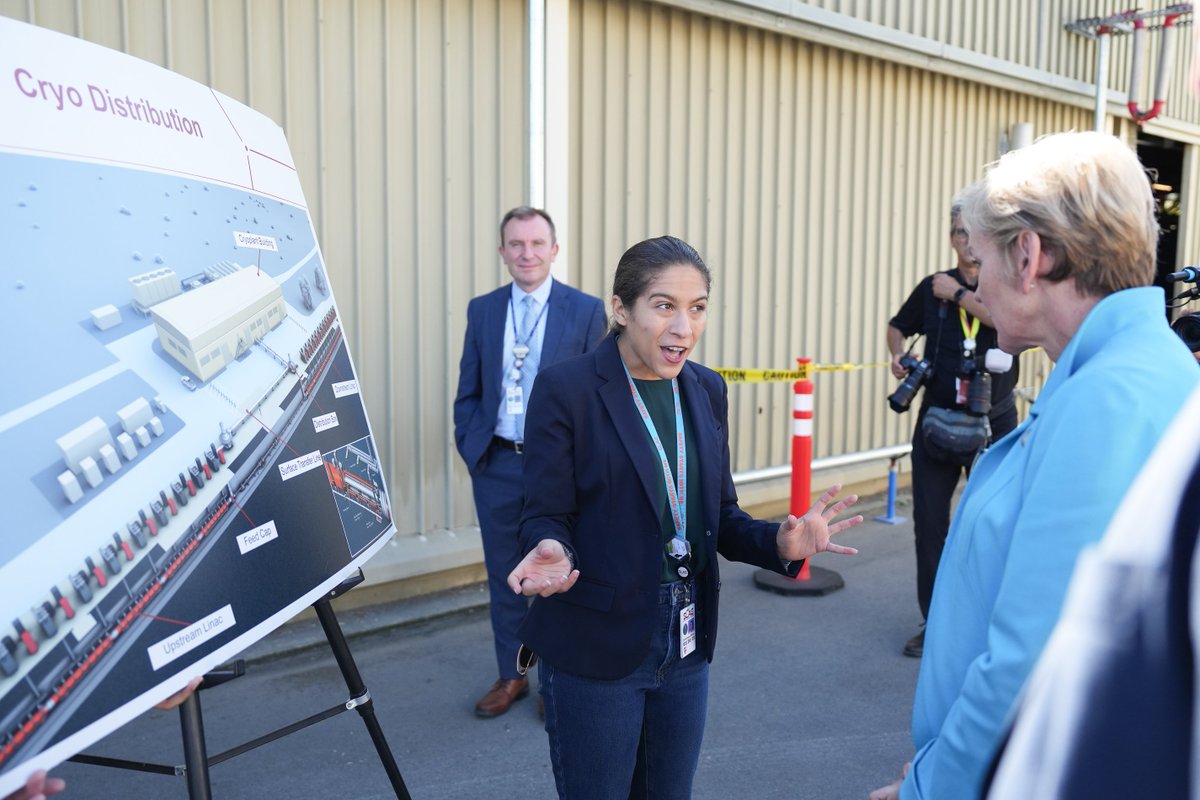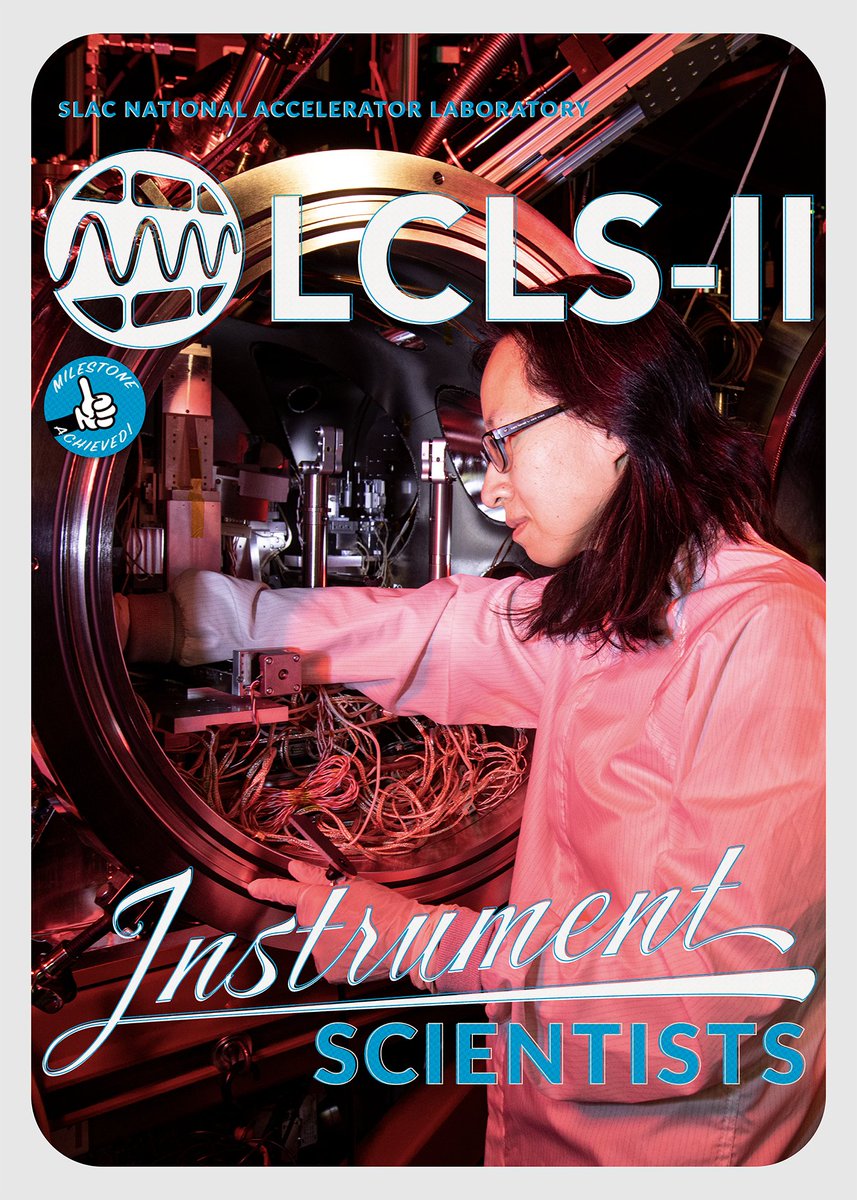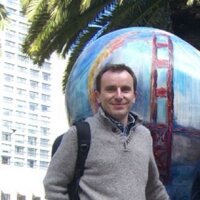
Mike Dunne
@mikedunne_lcls
Director, Linac Coherent Light Source (LCLS) at the SLAC National Accelerator Laboratory, and Professor of Photon Science at Stanford University.
ID: 1187379721
https://lcls.slac.stanford.edu 16-02-2013 20:28:01
555 Tweet
547 Followers
353 Following


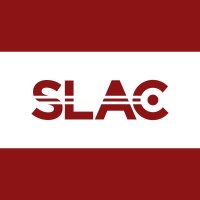




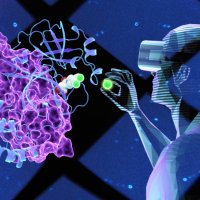
Researchers at the U.S. Department of Energy SLAC and Denmark Technical University designed an X-ray microscope that can directly observe sound waves at the tiniest of scales using the Linac Coherent Light Source DOE Office of Science #userfacility ow.ly/qaW550Q2ENc



💫 We can't contain our excitement! SLAC will apply its expertise in laser and target technologies to two DOE-funded fusion energy hubs that were announced today - one led by Colorado State University and another by Lawrence Livermore National Laboratory. stanford.io/46Nmhqe

For those interested in the applications of X-rays to probing the structure and dynamics of complex matter, see our new book chapter! Hopefully this can help inform the development of exciting new proposals for beamtime at #LCLS...! Royal Society of Chemistry SLAC books.rsc.org/books/edited-v…
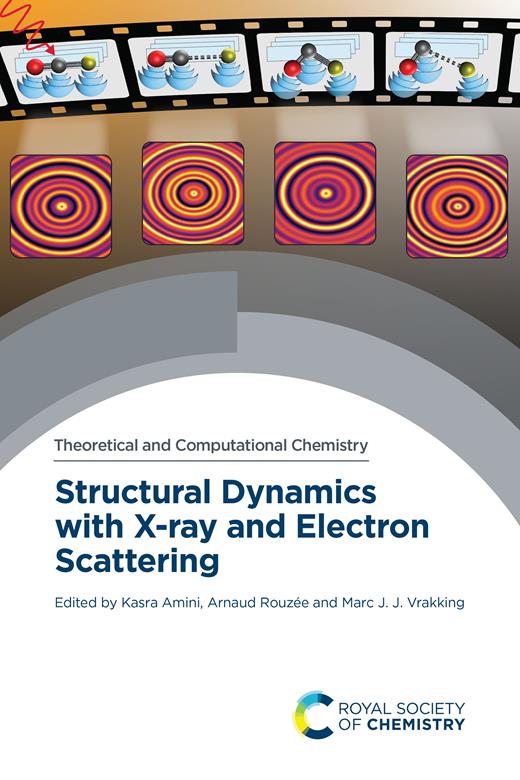


🍀 We’re clover the moon about the new upgrade to our LCLS upgrade! We received the first LCLS-II-HE cryomodule from Jefferson Lab decorated to celebrate St. Patrick's Day, and it really sham-rocks! Keep calm and leprechaun, and stay tuned about LCLS-II-HE! stanford.io/4crPBGW

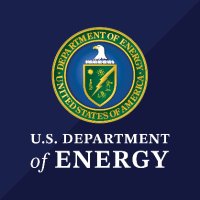
You may have seen stop-motion photography of a falling droplet of water. With tools SLAC, scientists The University of Chicago & Argonne National Lab went several steps further and took an image of the real-time motions of electrons in liquid water while "freezing" the nucleus: news.uchicago.edu/story/first-ti…
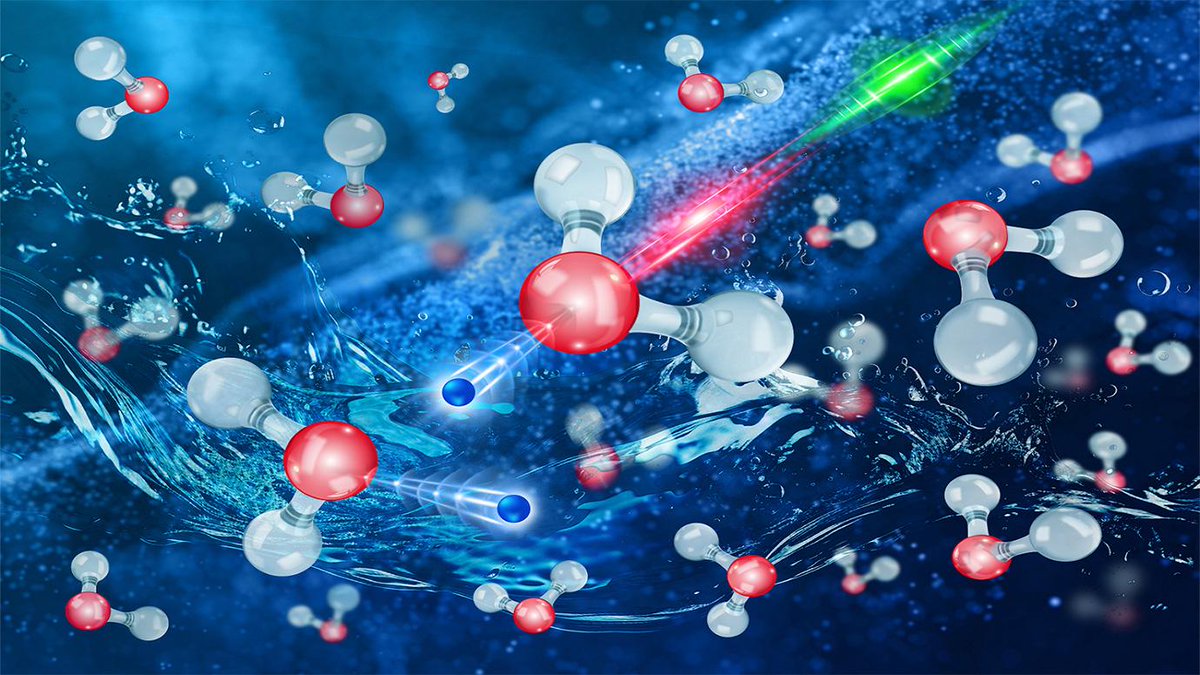

Excellent article opnmagazine on the status and prospects of X-ray Free Electron Lasers, and how we’re entering an incredible new era of science SLAC, alongside our sister facility European XFEL and @DESY, complemented by activities all over the world. Well worth the read!

Capturing fast-moving objects is always tough for photographers. It's even harder when they're subatomic. Researchers Pacific Northwest National Laboratory, Argonne National Lab and their partners used tools SLAC to develop a new technique to observe electron motion in liquid water: pnnl.gov/publications/a…
